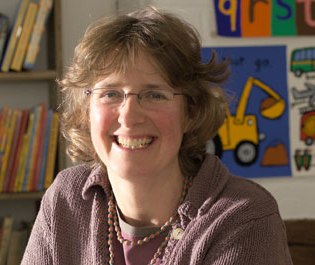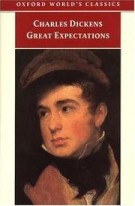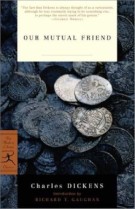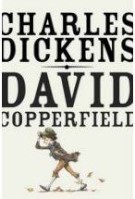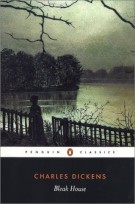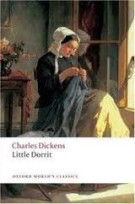
30.11.12 | Lisa Campbell - The Bookseller
Polpo: A Venetian Cookbook (Of Sorts), published by Bloomsbury, was revealed as the winner of the inaugural Book of The Year at an event in Waterstones’ newly refurbished Kings Road store in London this evening (29th November).Norman was presented with a case of champagne and will be granted “full backing” of his book from Waterstones staff in the month leading up to Christmas.
James Daunt, managing director of the chain bookseller, said that the winner represented a “wonderful” physical buy in the world of increased digital reading.
He said: “We wanted our first Book of the Year to stand out for many reasons, and Polpo absolutely does. It is a reaffirmation of everything I believe a book can and should be. Not just for its obvious merits as a cookery book - of which it is a first class example from an absolute expert - but it is a book that, for all the bytes and eInk in the world, can only be properly appreciated in its printed form. It is a joyous creation, as beautifully designed as it is elegantly written and illustrated and, of course, a wonderful Christmas gift."
The winner was picked by Daunt and a panel of judges from Waterstones. Polpo beat off competition from shortlisters Patrick Leigh Fermor: An Adventure by Artemis Cooper (John Murray); The Old Ways: A Journey on Foot by Robert Macfarlane (Hamish Hamilton); On The Map: Why The World Looks The Way It Does by Simon Garfield (Profile Books); and Laurent Binet's HHhH, published in translation by Harvill Secker.
RELATED STORIES
- Black Friday promotions swell salesPublishers running Black Fr...
- Sales slump in rain-hit areasThe book trade took a batte...
- Profits fall at GardnersBook wholesaler ...
- Powers wins Guardian First Book AwardFormer soldier Kevin Powers...
- I B Tauris title wins English PEN prizeA book on the the political...














